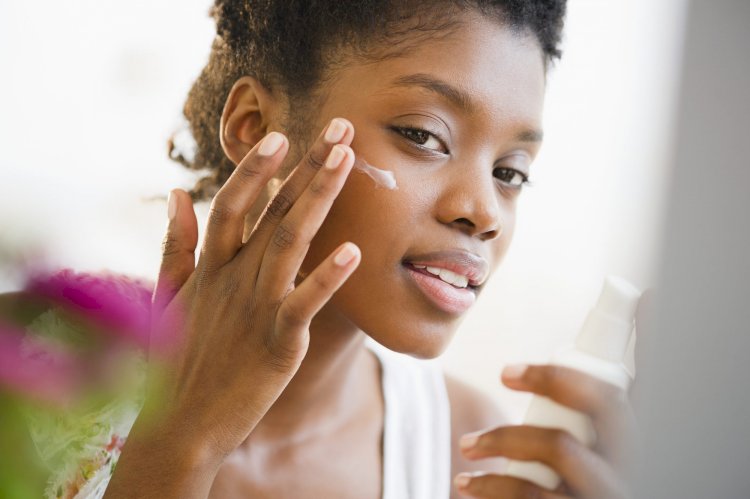We Give You The Details Of Sun Safety: Save Your Skin – Part 1
Safety from the sun is safety for your skin. Get the details of sunburn and the protection of the skin. We describe them in two parts.

The Sun And Your Skin
Never out of season is sun safety. Its time for picnics trips to the pool and beach, and a spike in sunburns, as summer’s arrival means. To be as wary of the sun’s rays as swimmers do should be winter skiers and fall hikers. Needing to take precautions as well are people who work outdoors.
With studies showing that excessive exposure to the sun can cause skin cancer and premature aging of the skin, over the past 30 years, the need for sun safety has become clear. Causing eye problems, weaken the immune system and give you unsightly skin spots and wrinkles or leathery skin are the harmful rays from the sun and from sunlamps and tanning beds.
Reaching us as long wavelengths known as UVA and shorter wavelengths known as UVB, sun damage to the body is caused by invisible ultraviolet radiation. Causing sunburn is UVB radiation. As it can penetrate the skin and damage tissue at deeper levels, the longer wavelength UVA is dangerous too.
By producing additional pigmentation that provides it with some but not nearly enough protection against sunburn, tanning is a sign of the skin reacting to potentially damaging UV radiation.
We are all potential victims of sunburn and the other detrimental effects of excessive exposure to UV radiation no matter what the skin colour is.
People who need to be especially careful when outside are those mentioned below although we all need to take precautions to protect our skin:
Pale skin
Blonde, red, or light brown hair
A history of skin cancer
A family member who's had skin cancer
Ask your doctor about extra sun care precautions, because some drugs may increase sensitivity to the sun if you have an illness and take medications.
Increasing sun sensitivity and susceptibility to sunburn are cosmetics that contain alpha-hydroxy acids (AHAs). On products that contain AHAs, look for the FDA’s recommended sunburn alert statement.
Reduce Time in the Sun
When the sun’s burning rays are strongest, this is especially recommended from 10 a.m to 4 p.m. up to 80% of the sun’s UV rays can get through the clouds, even on an overcast day. It is important to note that throughout the day, stay in the shade as much as possible.
Dress With Care
Clothes that protect the body should be chosen. If you plan to be outside, cover as much of your body as possible. It helps when you wear a wide-brimmed hat, long sleeves, gloves, and long pants. Now available in stores is the sun-protective clothing. Unless the manufacturer intends to make a medical claim, the FDA does not regulate such products. For shade consider using an umbrella.
Be Serious About Sunscreen
Make sure you check sunscreen labels to make sure you get:
SPF which is a sun protection factor should be high, as it represents the degree to which the skin is protected from sunburn using sunscreen.
The better the protection with the higher SPF number. Reapply every hour considering a sunscreen with at least an SPF of 30.
Sunscreen that protects against UVA and UVB rays, is broad-spectrum protection. Look for at least a 7% concentration as Zinc oxide is the best UVA blocker sold in the US.
Water-resistant does not mean waterproof as a sunscreen that stays on your skin longer even if it gets wet. As instructed on the label water-resistant sunscreens need to be reapplied.
The Tips For Applying Sunscreen
To all uncovered skin especially your lips, nose, ears, neck, hands, and feet, apply the recommended amount of sunscreen evenly. To get the amount of SPF the package claims, most of us do not apply a heavy enough layer of sunscreen
Before you go out, check the label for the correct amount of time to apply sunscreen.
Allow about 15 to 30 minutes before going into the sun if the label doesn’t give a time.
Apply sunscreen to the top of your head or wear a hat if you don’t have much hair.
At least one hour to 80 minutes, reapply to sun-exposed skin. To see how often, read the label.
In the sun give babies and children extra care. To children under age 6 months, ask a doctor before applying sunscreen.
Every time they go out apply sunscreen to children older than age 6 months.
The Continuation Of The Discussion
There are more precautions to be considered while going for a sunscreen. Enjoy basking in the sun with these tips helping the people get the most of the warmth without sunburn. Here is what you all need to know about.
What's Your Reaction?





















